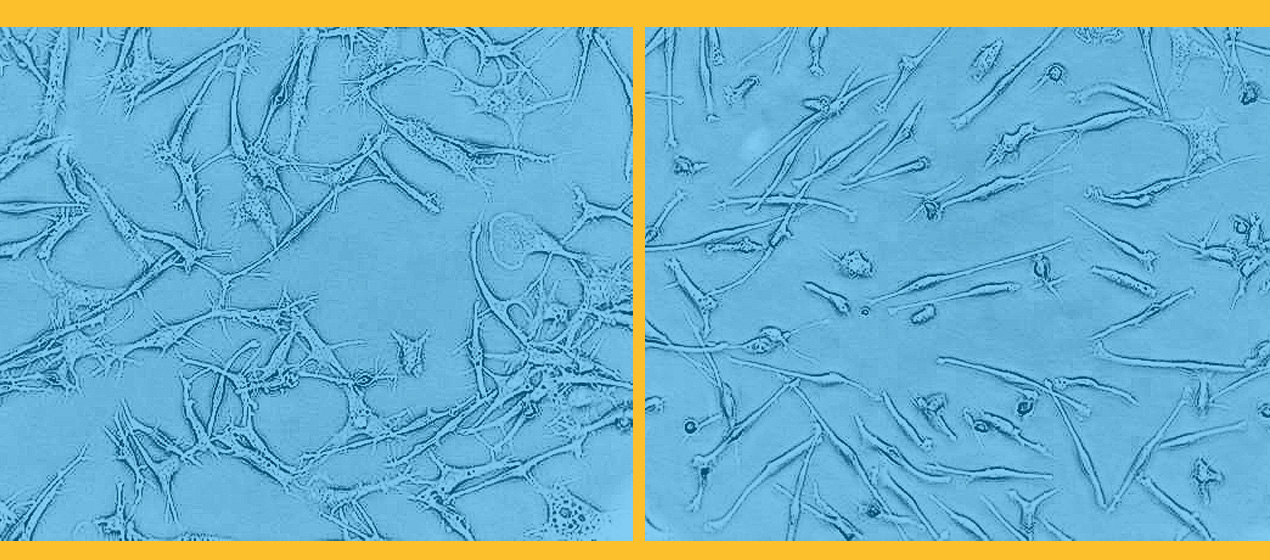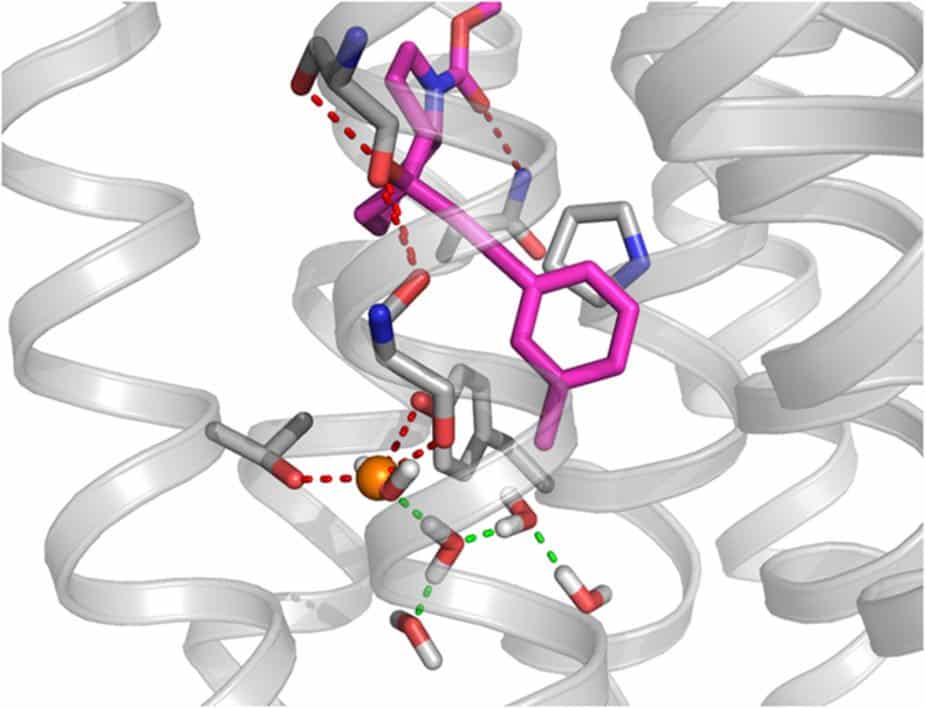Study Uses HiPSCs to Demonstrate Contribution of Molecular Switches in Disease Risk
Scientists at the Wellcome Sanger Institute and their collaborators, have now uncovered the contribution of molecular switches of genes in disease risk. The study demonstrates, for the first time, how immune cells created from human induced pluripotent stem cells (HiPSCs) can model immune response variation between people.
“We have found that the impact of genetic variants on how people’s immune cells respond to a pathogen like Salmonella are condition-specific – they are only visible at certain stages of infection. This means that the effects of genetic differences in immune disorders could be missed in research, if scientists aren’t studying both the genes and their control regions, the regulatory elements, of immune cells at all stages of an infection,” said Dr Daniel Gaffney, Group Leader and senior author from the Wellcome Sanger Institute.
“A benefit of using stem cells rather than pre-existing blood cells is they’re very flexible, and enabled us to study the effects of stimulation at two different levels. We analysed which genes in the genome were expressed during each stage of infection, but also looked at the activity of enhancers – the molecular ‘switches’ that controlled the expression of those genes. This novel combination of tools enabled us to see otherwise hidden effects of genetic variation on immune response
” said Dr Kaur Alasoo, previously from the Wellcome Sanger Institute and now based at the University of Tartu, Estonia.In the course of the investigation, the team differentiated human iPSCs into macrophages that were then studied in four different states: unstimulated, after 18 hours of stimulation with a signaling molecule interferon-gamma, after five hours infection with Salmonella, and after interferon-gamma stimulation followed by Salmonella infection.

They discovered that genetic variation impacts on the readiness of the immune cells to tackle an infection. They found that in particular, some individuals’ immune cells were ready to deal with the Salmonella infection, whereas other individuals’ macrophages were less ready and took longer to respond.
This level of ‘readiness’ was due to a phenomenon known as enhancer priming, where some of the switches were already turned on in the unstimulated cells to facilitate a quicker response. In some cases, the immune cells could be overly eager and this can lead to an inflammatory response associated with immune disorders.
The researchers said their results “illustrate how pre-existing genetic effects on chromatin propagate to gene expression during immune activation, and highlights the relevance of these hidden genetic effects for deciphering the molecular architecture of disease-associated variants.”






























